If an ancestor marries on 1 December 1901 and it is indicated that he was “of legal age,” on that date, then (if 21 is the legal age to marry) he was alive by 1 December 1880. Marrying, buying property, naturalizing, and other “legal acts” require a person to be of age even if their age is not stated in the document. Of course people will lie about their age, but that’s a separate tip.
Do you use your “real” name? Or do you use a diminutive based upon your first or middle name? Do you use a nickname? In the notes section of your genealogy software indicate why you used the name you did. Future genealogists and relatives might like to know why you used it. I have always used Michael, never “Mike.” This is largely because my family always called me Michael and mother always said “if I had wanted him called ‘Mike’ I would have named him ‘Mike.’”. And I always thought Mike Neill sounded too short to be an actual name–at least to my ears–probably the result of being half German where every name needs to be somewhat long and have a lot of consonant sounds. I started using […]
Children were not always named immediately. While modern practice is to name children at birth (if not before), this was not always the case for one reason or another. It is not uncommon to see “unnamed” or “baby” as the first name on a birth certificate. A couple may have waited until they could arrange for a christening to name the baby, because they could not decide, or other reasons. This post on our sister site looks at possible unnamed children in the 1880 United States census.
The first son was named for this, the second son was named for that, etc. Keep in mind that these patterns are trends and social customs that your ancestor might have followed. They are not law. Your ancestor does not have to follow any of these “social mores.” They might, but they might not. What your ancestor does have to do is: We are defining “ancestor” as someone from whom you descend–that’s why we say they have to reproduce even if they don’t get married. Dying usually happens whether your ancestor planned for it or not.
Do you periodically have offline time when working on your genealogical research? While it can be great to instantly communicate with others who may be able to help you, to see what else has been compiled on a person/family, or see whether a library has material you need, sometimes the ability to search and be immediately notified can be a distraction. Consider cultivating some offline genealogy time on a regular basis. It can help with the concentration and the need to focus.
My immigrant ancestors Peter and Barbara Bieger came to Illinois in 1850 after a short pit stop in Cincinnati, Ohio. They officially purchased a small lot in Warsaw, Hancock County, Illinois, in November of 1850. I had never given any thought to the subdivision where their home/tavern was located other than its name and its location. Searching for information on their neighbors in that same subdivision was on my to-do list in an attempt to learn more about the Bieger’s Germanic origins. While searching for something else, I discovered that the subdivision was platted out originally in October of 1849. It was a “new” subdivision when my relatives purchased the property there. Did they possibly have some connection to the individual who organized the subdivision?
We’ve set the dates for our August 2026 FamilySearch Library Trip. Check out the details here.
From a while back In a Facebook post I referred to my daughter’s father-in-law as my relative. Someone seeing the post and not knowing who Jim was might actually have through he was a biological relative of mine and wondered what the connection was. Remember when interviewing family members that they may refer to individuals as “relatives” when they are not related in any biological way. They could have been related by marriage or could have been considered family for one reason or another. Instead of trying to force the “relative” to have a biological connection to your family, research them and see what the records indicate.
Before full-text search at FamilySearch, a search of probate records generally focused finding one for the ancestor of interest and their known close relatives and associates. A person would be mentioned in their own probate file and potentially in those of associates and near relatives. A manual search of all probate records where a relative might have been mentioned, even in passing, was usually time prohibitive. That’s not necessarily true any more. Benjamin Butler was born about 1820 in New York State. Before his death in the 1880s in Vernon County, Missouri (were his own probate is filed), he lived in Iowa, Nebraska, Michigan (two counties), and Ontario. It’s possible he is referenced in a probate record in any of these locations as an heir or beneficiary, debtor, […]
The 1812 will of James Rampley in Harford County, Maryland, gives real estate to “surviving children of my daughter, Nancy Beaty.” A superficial read of the will may lead one to conclude that Nancy is dead. She’s not. Her husband is not dead either. There’s a little more to it than that. James Rampley also indicated in his will that his son James Rampley was to have the use and occupation of the said land during the natural life of Nancy Beaty for her maintenance and that of her children. “My son in law John Beaty to have no claim right or title to the said land or the profits thereof.” After her death, title was to be passed to her children. Never jump to conclusions and always […]
When citing a census page that has several page numbers written on it, make certain you indicate which page number you are using in your citation. Common ways to indicate include using the type of writing and the location of the page number, such as: Genealogy Tip of the Day book is here. Learn more about it and get your own copy.
NotebookLM at Google–due to my bronchitis, I have moved this to after the holidays. Easily create audio and video overviews, mind maps, reports, quizzes, infographics, and slide decks from your uploaded family or personal narratives, genealogy documents, and the like. You can also have NotebookLM integrate multiple documents into one summary. There are limitations to it. NotebookLM is not perfect by a long shot, but it may give you insight into your own research and cause you to notice something you had not noticed before. The visuals it creates can help interest others in family history as well. We will take a responsible genealogical approach to using NotebookLM and not let enthusiasm for it cause us to put aside sound genealogical methods. It is a tool and like […]
We’ve released our webinar on non-landowning farmers. Additional details on our website.
We just released the recording and handout for this presentation. Details on our website.
From a while back Locations can cause all sorts of research difficulty, especially when an indexer or database creator uses a location that’s not quite the “correct” one or at least not the one the locals know. Several of my ancestors attended a Lutheran church a mile from where my grandparents lived in Hancock County, Illinois. It was near the town of Basco and locals referred to it as the “Basco church” to distinguish it from the Lutheran church in the county seat of Carthage a few miles away. When Ancestry.com included the records of this church in their “U.S., Evangelical Lutheran Church of America, Records, 1875-1940,” they used Carthage as the location, not Basco. I never thought of the church as being in Carthage–largely because it is not. When […]
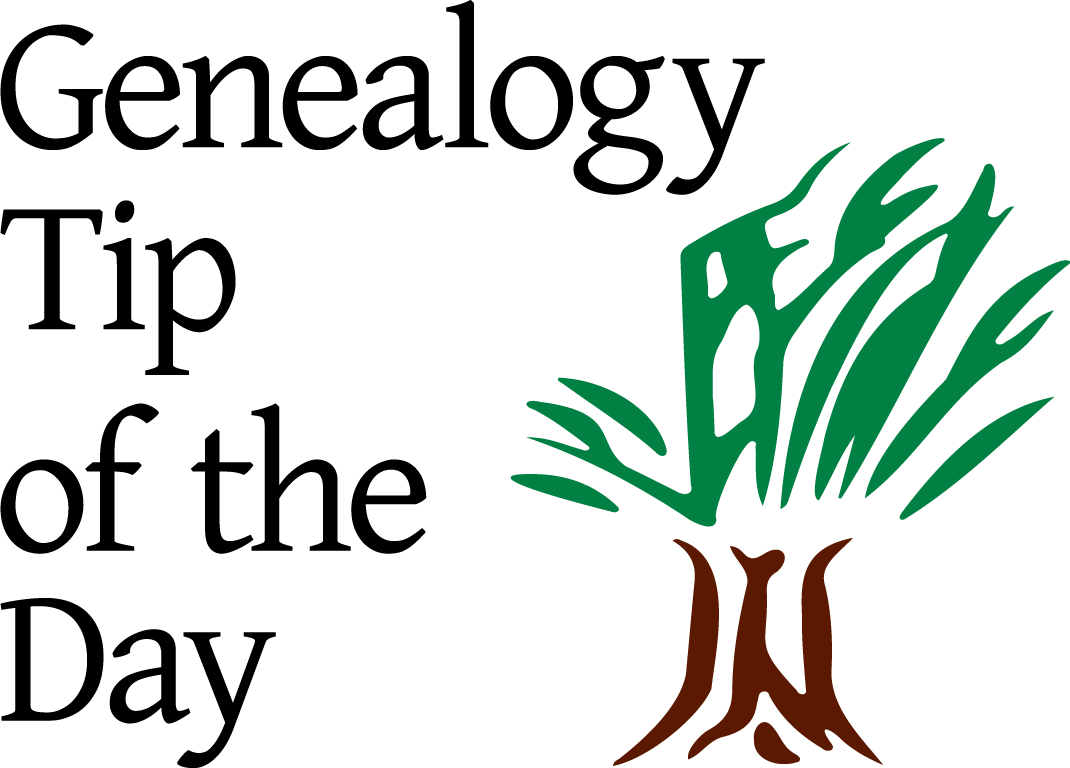
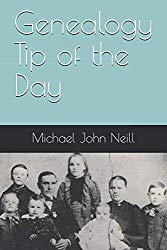
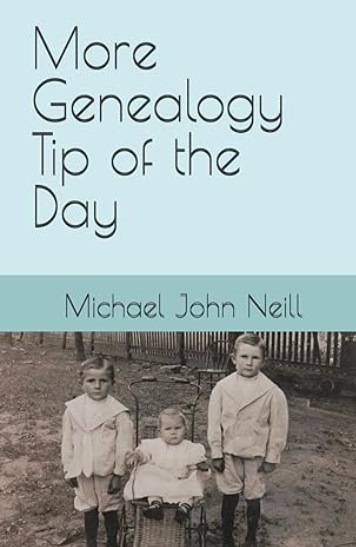


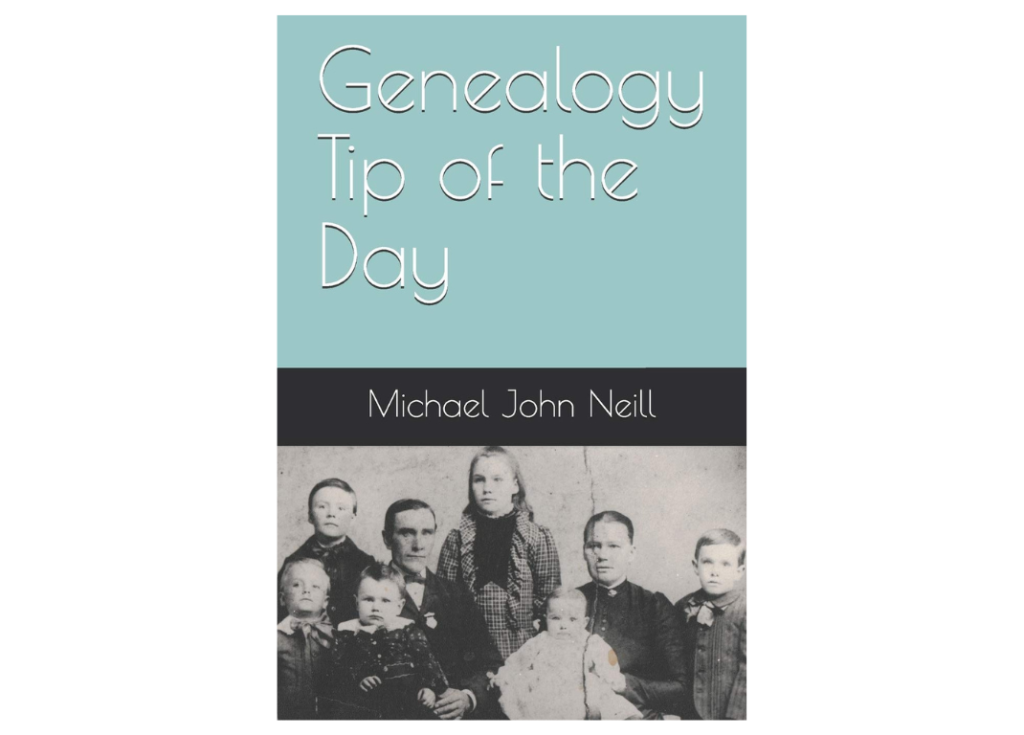
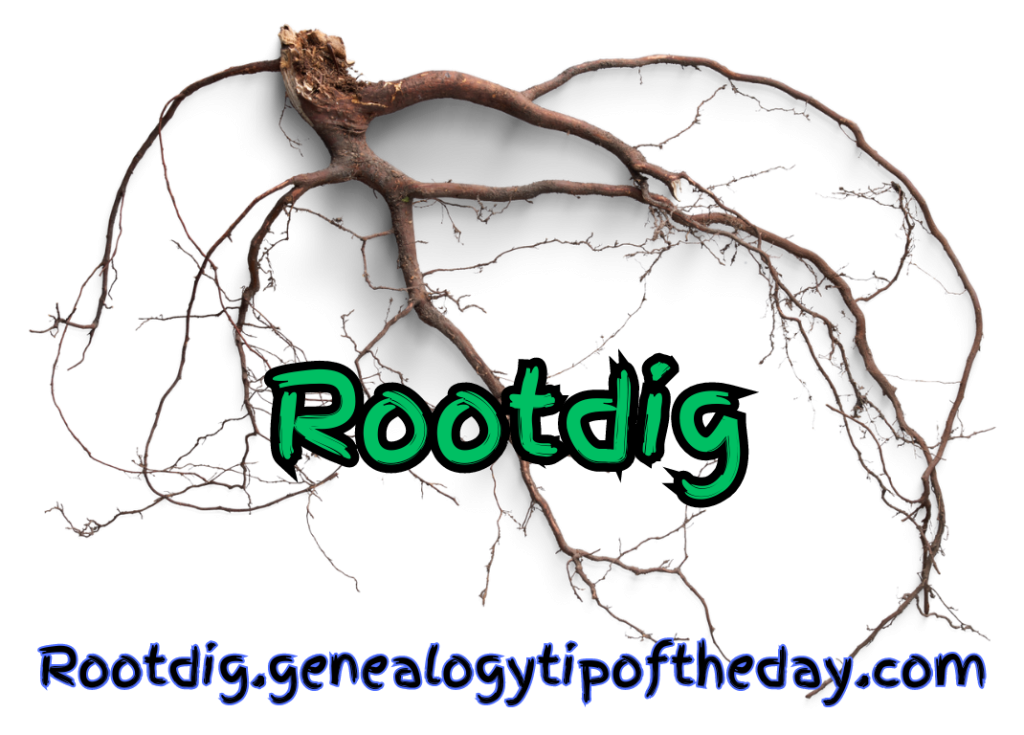

Recent Comments